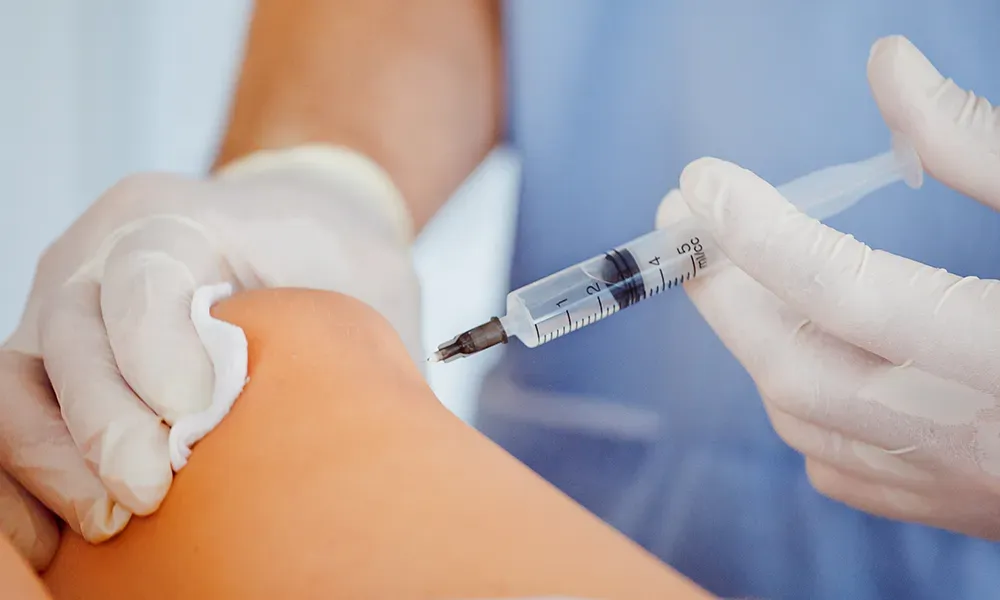In the ever-evolving landscape of dermatology, nanotechnology has emerged as a revolutionary force, poised to redefine skincare practices fundamentally. This article explores the transformative impact of nanotechnology in dermatology, from advanced delivery systems to personalized treatments, paving the way for unprecedented solutions to common skin concerns.
Understanding Nanotechnology in Dermatology
Nanotechnology involves the manipulation and engineering of materials at the nanoscale, typically between 1 to 100 nanometers. In nanotechnology in dermatology, these nanostructures play a crucial role in enhancing the efficacy and precision of skincare treatments. By harnessing the unique properties of nanoparticles, dermatologists can deliver therapeutic agents deeper into the skin layers, targeting specific concerns with greater accuracy.
The Role of Nanoparticles
Nanoparticles, the building blocks of nanotechnology, are designed from various biocompatible materials such as lipids, polymers, metals like gold and silver, and even carbon-based substances like graphene. Their small size and large surface area-to-volume ratio enable them to penetrate the skin barrier efficiently, carrying active ingredients directly to their intended targets.
Applications of Nanotechnology in Dermatology
Advanced Delivery Systems
One of the key advancements facilitated by nanotechnology in dermatology is the development of sophisticated delivery systems for skincare products. Traditional formulations often struggle to penetrate beyond the skin’s surface, limiting their effectiveness. Nanotechnology addresses this challenge by encapsulating active compounds in nanoparticles, ensuring their stability and controlled release over time.
For instance, nanoparticles loaded with antioxidants such as vitamin C or retinoids can penetrate deep into the epidermis and dermis, where they combat free radicals, stimulate collagen production, and rejuvenate aging skin. This targeted delivery approach enhances the bioavailability of active ingredients, maximizing their therapeutic benefits while minimizing potential side effects.
Targeted Treatments for Skin Conditions
Nanotechnology also enables personalized treatments tailored to specific skin conditions, including acne, eczema, psoriasis, and skin cancer. By functionalizing nanoparticles with therapeutic agents or biomolecules, dermatologists can deliver precise doses directly to affected areas, bypassing healthy skin tissue and reducing systemic exposure.
For example, nanotechnology in dermatology has facilitated the development of nanocarriers for anti-inflammatory drugs in acne treatments or photodynamic therapy agents in skin cancer treatments. These nanoscale interventions enhance treatment efficacy, accelerate healing, and improve patient outcomes compared to conventional therapies.
Challenges and Considerations
Despite its promising potential, the widespread adoption of nanotechnology in dermatology faces several challenges that warrant attention. Safety concerns regarding the long-term effects of nanoparticles on skin health and their potential accumulation in the body remain subjects of ongoing research. Dermatologists and researchers are actively investigating the biocompatibility and safety profiles of nanomaterials to ensure their clinical use.
Moreover, regulatory standards and guidelines for the development, manufacturing, and application of nanotechnology-based skincare products vary globally. Establishing robust regulatory frameworks is essential to safeguard patient safety, promote transparency, and uphold product quality standards across the dermatological community.
Future Directions and Innovations
Looking ahead, the future of nanotechnology in dermatology holds promising avenues for continued innovation and advancement. Researchers are exploring novel applications such as nanosensors embedded in skincare products to monitor hydration levels, UV exposure, and microbial activity in real-time. These smart technologies could empower individuals to adopt proactive skincare routines tailored to their specific needs and environmental conditions.
Furthermore, the integration of nanotechnology with artificial intelligence (AI) and machine learning offers exciting possibilities for personalized skincare solutions. AI-driven algorithms can analyze vast datasets of skin profiles, treatment responses, and environmental factors to recommend optimized skincare regimens and predict outcomes with unprecedented accuracy.
Conclusion
In conclusion, nanotechnology in dermatology represents a transformative paradigm in skincare, unlocking new opportunities to address diverse skin concerns with precision and efficacy. From advanced delivery systems and targeted treatments to the potential convergence with AI-driven technologies, nanotechnology is reshaping the future of dermatological care.
As research progresses and technological innovations evolve, collaborative efforts among scientists, dermatologists, industry leaders, and regulatory bodies will be crucial in harnessing the full potential of nanotechnology to benefit patients worldwide. By embracing the possibilities of nanotechnology in dermatology, we embark on a journey toward healthier, more resilient skin, empowering individuals to achieve optimal skin health and beauty with confidence and assurance.
As we navigate this exciting frontier of skincare breakthroughs, the integration of nanotechnology promises to redefine standards of care, elevate treatment outcomes, and inspire a new era of skincare innovation grounded in science and tailored to individual needs.





